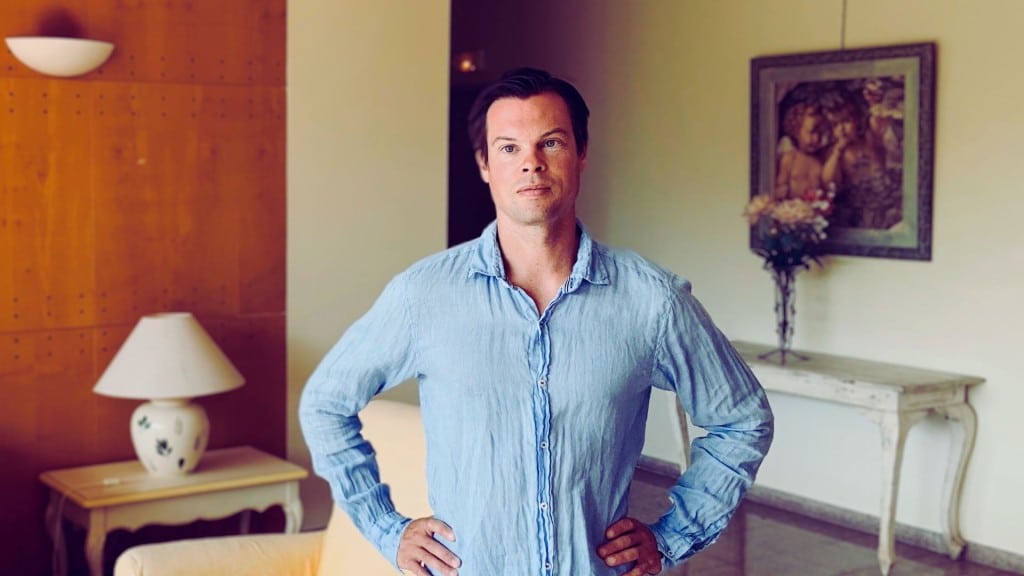If I were to give one tip, it would have to be to be honest with yourself. Nothing good comes of the opposite.
There are many exciting investment profiles out there, with different investment strategies. Thomas Nielsen is probably known by many people on Twitter, where he is active, open and often brutally honest about his investments and achievements.
I had the pleasure of chatting with Thomas, and in this article you can learn a little more about his history, his investment philosophy and the model he uses for selecting companies.
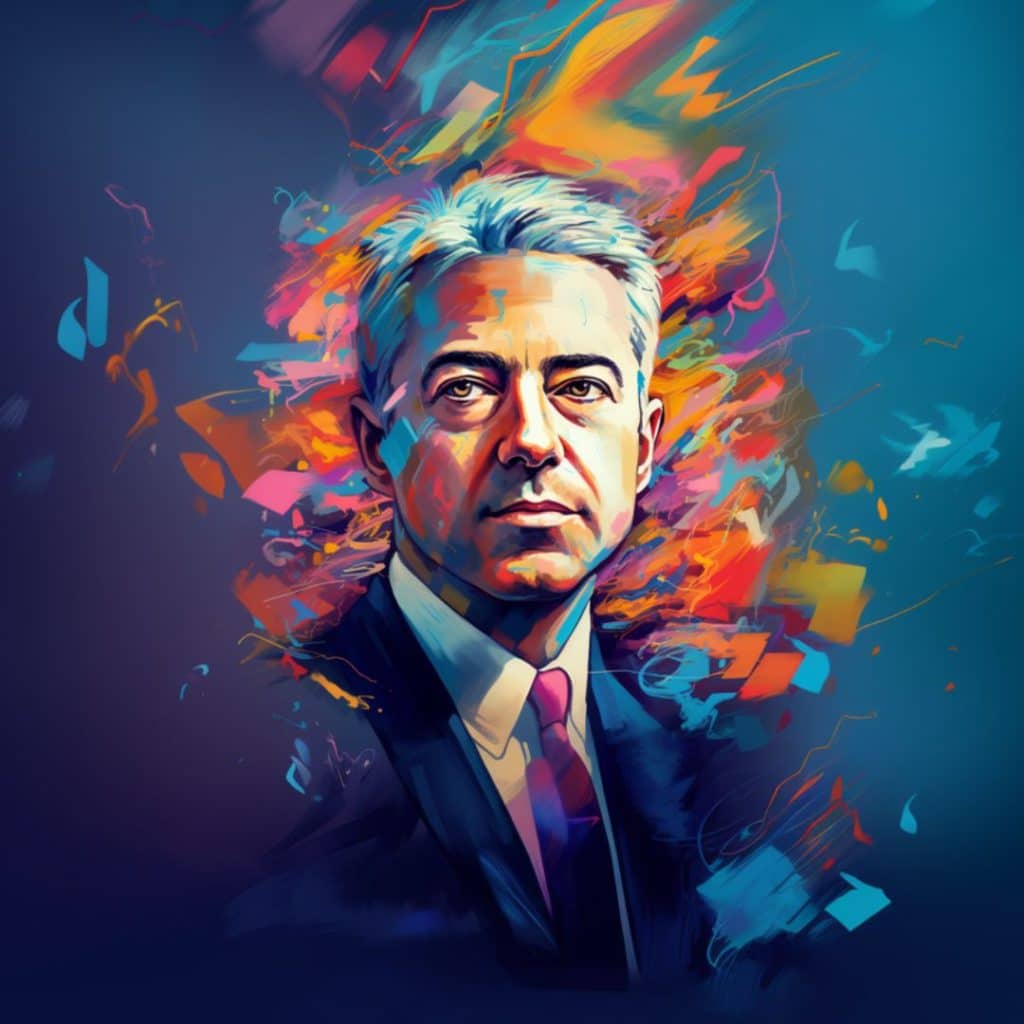
See the top investors' favorite books
An overview of hundreds of books recommended by the world's best investors.
Thomas' history up to First Fondene
- My first share purchase was in Norway Seafoods in 1998 or 1999, he recalls.
And a couple of years after his first share purchase, Thomas began studying at BI School of Economics. Master of Science in Finance i 2004.
- In addition to school in the last year, I also worked at Carnegie, he continues.
After he finished his studies, he worked for 10 years as an analyst. Most of this time he was in Pareto.
- After that I managed Odin Eiendom for four years and joined First Fondene, where I manage First Veritas and First Nordic Real Estate.
Thomas Nielsen: ‘The Terry Smith of Norway’?
Thomas has made no secret of the fact that he is inspired by, and has learned a lot from, the British investor Terry Smith. Smith is often called 'Britain's Warren Buffett', due to his focus on quality companies.
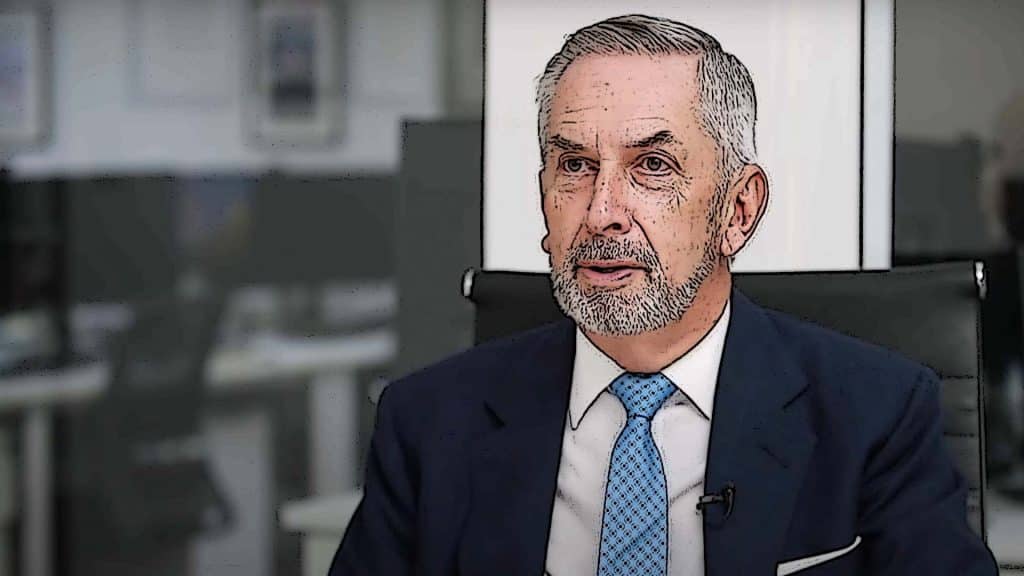
Pictured: Terry Smith, manager and founder of Fundsmith.
Thus, it is not entirely illogical that Thomas Nielsen can be referred to as 'Norway's Terry Smith'. He has developed a model that adopts many of the same parameters for selecting companies that Smith uses.
It all boils down to finding high-quality companies.
- I simply believe that investing in quality is worth investing in over time, says Thomas.
He theorizes that the reason it works so well is that so many other investors do not have the same focus, which can lead to capital being misallocated.
But what is defined as high-quality companies? Well, briefly explained: companies that make money, have a lot of cash, increasing sales growth and consistently high margins over a long period of time.
Thomas has developed a model with 7 parameters to find quality companies:
- ROE (Return on Equity)
- Cash conversion
- Valuation
- Margin Variance
- P/E
- Revenue growth
- Cyclic phase
Thomas has talked about the model in several good videos around. I recommend checking out this video for more information on the parameters of his model.
Airline stocks, for example, are companies that typically do not fit into his model, as they are very capital intensive. And there are many airline stock investors out there who could have have saved time, money and stress if they had followed Thomas' model.
But Thomas's investor mentality and philosophy are not exclusively derived from Terry Smith.
He says that he is also inspired by the investors Howard Marks and Joel Greenblatt, as well as the brilliant authors Daniel Kahneman and Nassim Taleb.
- All of the above have published books worth taking a look at, says Thomas.
And he is right. Among other things, Marks' The Most Important Thing, Greenblatt's The Little Book that still Beats the Market, Taleb's Skin in the Game, and Kahneman's Thinking Fast and Slow can be valuable reading for all budding investors.
Thomas singles out Kahneman's book Noise as a recommendation. Among other things, the book deals with how our decisions are influenced by irrelevant factors, such as how we feel, what the weather is like and so on.
That he singles out Noise does not surprise me. Thomas's model is founded on precisely this, basing itself on hard facts, in order to avoid being influenced by the environment.
In a spreadsheet, he enters the key figures from the quarterly reports of around 130 Nordic companies. He looks at the numbers over a ten-year period. He then gives the companies a total score, measured in terms of quality and risk.
This score determines which 12–18 companies will be included in the portfolio, as well as how they will be distributed.
Invest like Thomas - find quality companies with these two tools
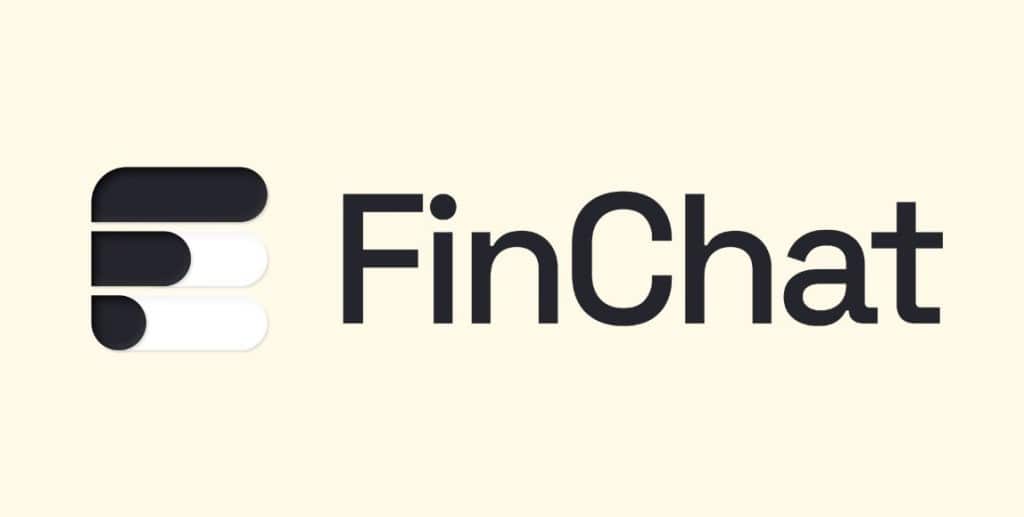
I recommend Finchat.io to you who are serious about investing in individual shares, who want detailed information on companies' key figures. You also get access to an AI chat dedicated to finance. Even professional investors use FinChat, and if you're a graph lover, this is for you.

Simply Wall St is for you who want to be served a simple overview of a company, in addition to getting their 'intrinsic value' via the cash flow method. It gives you a clue as to whether you are buying an underpriced or overpriced share - in a simple visual way.
Reducing noise
There is one thing that strikes me when I talk to Thomas. He is precise and quick in his formulations, and does not use an unnecessary number of words and expressions to get to good points.
This is reflected in how he invests as well. He leaves a lot to his model, with its preset parameters and, as mentioned, does not spend much time on factors outside the model's characteristics, such as how the market develops in the next few months.
I save a lot of time not trying to guess what the market is going to do. Very, very much time actually.
Thomas says that the model he uses means that he does not need to pretend that he needs to forecast, either at macro, sector or company level. His time is instead used to go over important key figures for the companies he has on his radar, at each quarterly report.
It probably also explains how Thomas manages to make guest appearances on podcasts, host his own podcast, Børsbrøl, write articles for e24, be active on Twitter, in addition to an everyday life as a portfolio manager.
Howard Marks has extremely useful lessons about the stock market and investor mentality in the video above. He also touches on how rarely analysts actually hit on their predictions about the market – which highlights the time you save by devoting your time to other things instead.
And in addition to not spending time trying to predict the market, Thomas has several moves that free up more time in everyday life:
- It also helps to be systematic and use the home office, both at home and in the cabin, as much as possible. This means that family, holiday and work overlap a little, he continues.
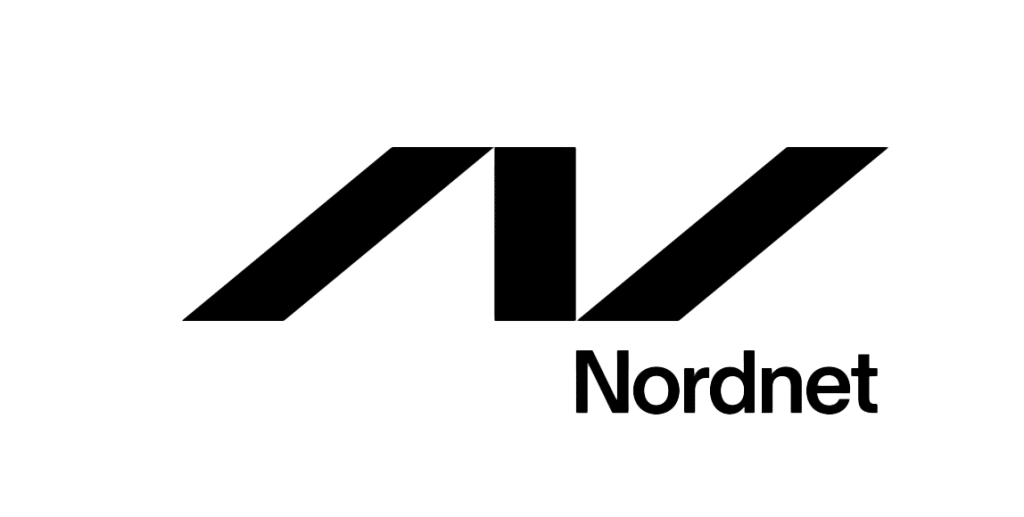
Get started with investing at Nordnet
I recommend Nordnet because of their large selection of shares and funds, low fees, good learning resources + free access to the share forum Shareville (ad).
A strategy developed over time
The investment philosophy of FIRST Veritas is to own the 12-18 companies in the Nordics that at all times have the most optimal combination of high quality and low risk.
The quote above is taken from First Veritas' own product page. Thomas has previously explained that the background for a rather concentrated portfolio is based on statistics which show that the diversification effect disappears after around 15 companies.
Thomas has trodden many paths (including investments in African mining companies, he says) to arrive at the current strategy.
- I must have visited many different styles along the way, more or less successfully. Perhaps the best return has come in the form of what I've learned along the way.
He has previously spoken about traps he has fallen into on First Fondene's own website. Among other things, he tells me about a not so lucky investment in electricity company Fjordkraft.
But he would do exactly the same thing again, he says. The model has been developed precisely to remove emotion from the decisions, and is more often right than wrong. He trusts the model fully.
I think it is absolutely fantastic that Thomas is so open about the mistakes he has made. That's how you really learn. I think it's a smart signal to send other budding investors, something Nordnet's savings economist Bjørn Erik Sættem also mentioned when I interviewed him.
- Have you fallen into more traps and learned other things since that article was published?
- Well, with the model as the basis, it should be right more often than wrong. There are no mistakes that have materialized recently, Thomas replies.
- But it will also sometimes go wrong, as is the case with, for example, Fjordkraft.
Learning from the mistakes you make
I wonder if Thomas has any thoughts and tips on what young and new investors should focus on, or how they should put together a portfolio.
- No, the best thing is to find your way and learn from mistakes along the way, he replies.
- There is a lot of value in that process. If I were to give one tip, it would have to be to be honest with yourself. Nothing good comes of the opposite.
Thank you so much, Thomas!
Thank you for giving some of your time to chat with me. You are probably the investor who is closest to my own philosophy with your focus on avoiding noise, combined with concentrating your investments and looking for quality companies. Daring to admit that you have made mistakes, is the key to developing as an investor, I believe. And as for admitting mistakes and owning up to them, you are a great inspiration for all investors!

